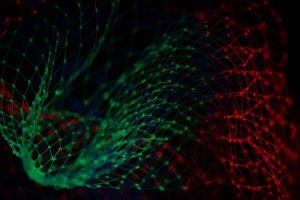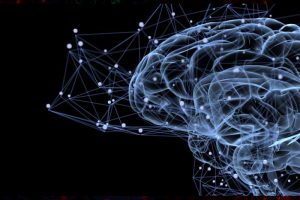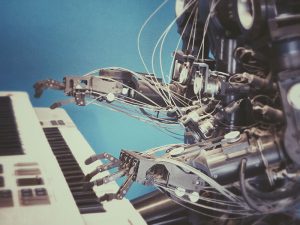UMBC associate professor of chemical, biochemical, and environmental engineering, Lee Blaney, is conducting an innovative project on nutrients found in urine. The EPA is funding this project so he can investigate the ability of his Nutrient Extraction and Recovery Device (NERD) technology to recover nutrients from human urine. This week, we take a look at another innovative, entrepreneurial journey of one scientist who is revolutionizing the internet. We’ll also take a peek at a new sense to add to the existing five, the Facebook security meltdown, and the hunt for dark matter.
Industry Roundup is brought to you by UMBC’s Division of Professional Studies, offering a broad array of professionally-focused master’s degree and certificate programs that address industry needs while anticipating future opportunities.
35 Year-Old Entrepreneur Creates a World-Class Startup

Zhang Yiming has created what most are comparing to a cross between Google and Facebook with his start-up Bytedance Ltd. “The most important thing is that we are not a news business. We are more like a search business or a social media platform,” Zhang said in a 2017 interview.
A New Sense To Add to the Mix

There is a vital connection between your brain and your gut, and scientists are studying how they communicate with each other. This study has revealed a fast-acting neural circuit that helps gut cells to talk to brain cells. Could this new information point the finger at a new sense to add to the five existing?
The Security Meltdown

More than 50 million, and possibly 90 million, Facebook users may be affected by a recent hack, and the effects likely spread far wider than Facebook, but to third-party sites connected via Facebook as well. Facebook responded by logging 50 million potentially hacked account users out of their profiles.
At the Heart of Dark Matter

There is a hunt going on for answers to one of the biggest mysteries of the universe. It’s happening in the deep underground mines in Canada. Physicists are searching for dark matter. If matter as we know it takes up only five percent of what we see, what lurks in the other ninety-five percent? Scientists have posited theories, but have proved none of them.
